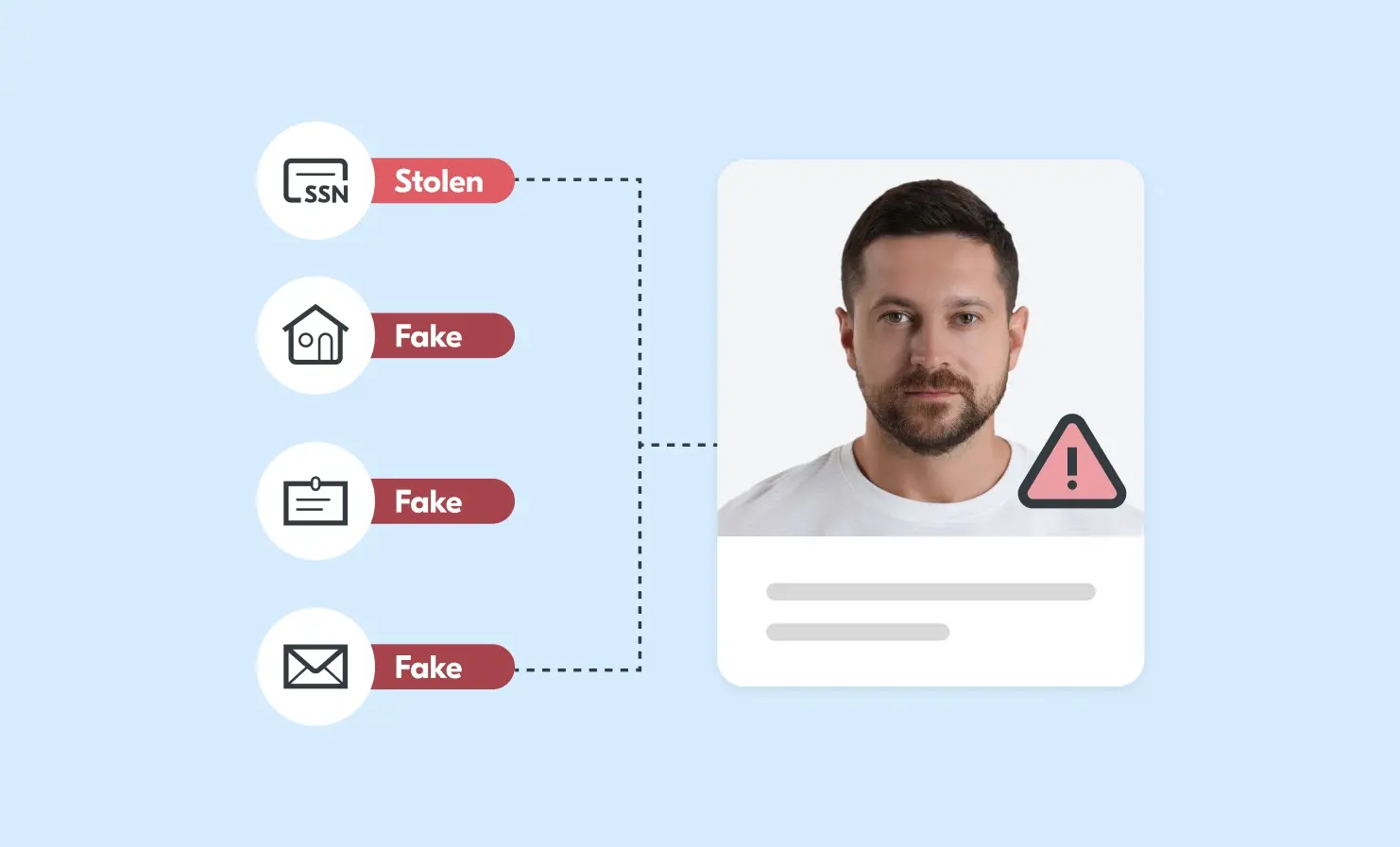
“With Yoti’s technology, we can offer a seamless and positive customer experience; all of this reduces friction and improves the onboarding process.”
James Jackson
Managing Director at Claims Gate
Claims Gate is a legal tech company that helps law firms onboard more clients for high volume group litigation cases. They allow law firms to automate the client qualification, esigning, document review, KYC and identity checks that law firms would otherwise have to do manually.
We helped them:
- Provide automated identity verification checks on behalf of law firms.
- Offer the most user friendly interface and experience possible.
Solution: Identity Verification
Industry: Legal



